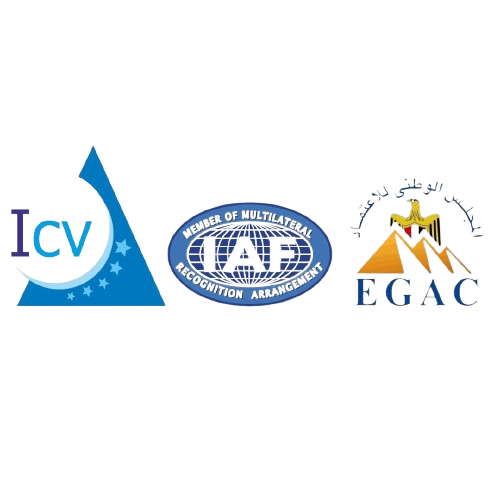
About ISO 50001 Certification
ISO 50001 certification is an international standard for energy management systems (EnMS) introduced by The International Organization for Standardization (ISO). This standard outlines the framework needed to create, implement, maintain, and enhance an energy management system (EnMS).
Ultimately, enabling businesses to enhance their energy performance, boost energy efficiency, and lower energy expenses while simultaneously supporting environmental and sustainability goals is the main objective of ISO 50001.
Some Aspects of ISO 50001 certification
- Energy Management System (EnMS): Organizations can use the guideline provided by ISO 50001 to create an EnMS that is customized to meet their unique energy-related goals, needs, and circumstances.
- Continuous Improvement: Similar to other ISO management system standards, ISO 50001 encourages a continuous improvement mindset.
- Compliance: When an organization has ISO 50001 certification, it shows that it is committed to following all applicable energy-related laws, rules, and regulations.
- Effective Use of Resources: Organizations may maximize their energy resource utilization, eliminate waste, and cut down on energy consumption with the aid of ISO 50001.
- Cost Reductions: Organizations may save a substantial amount of money by implementing ISO 50001, which will increase energy efficiency and decrease energy usage.
- An advantage over competitors: Organizations can gain a competitive edge in the market by obtaining ISO 50001 certification.


Benefits of Certification
Organizations looking to boost overall performance and optimize energy management procedures will profit greatly from ISO 50001:2018 certification. The following are some main advantages:
Better Efficiency in Energy Use : Companies can more effectively find, evaluate, and take advantage of energy-saving opportunities by putting ISO 50001 into practice.
Sustainability of the Environment: By lowering energy use and greenhouse gas emissions, ISO 50001 helps businesses lessen their influence on the environment.
Compliance and Risk control : Organizations can guarantee compliance with applicable energy laws, rules, and other requirements by using ISO 50001.
Increased Reputation: An organization’s dedication to sustainable development, environmental stewardship, and energy management is demonstrated by its ISO 50101.
Workers’ Involvement: Energy management programs are encouraged to incorporate and engage employees, as per ISO 50001.
Enhanced participation of stakeholder: The ISO 50001 accreditation can help with stakeholder communication and involvement with energy management and sustainability projects.
Checklist for ISO 5001 Certification
Both dedication and leadership:
- Leadership dedication to energy conservation.
- Creation of a policy about energy.
- Assigning authority, roles, and tasks in energy management.
Energy Planning:
- Determination of energy-related elements and consequences.
- Establishing an energy baseline.
- Establishing energy goals and energy performance indicators (EnPIs).
Execution and Action:
- The distribution of resources towards the execution of energy management.
- Incorporating energy management into operational procedures in businesses.
- Programs for employee education and awareness pertaining to energy management.
Tracking and Quantification:
- Creation of protocols for tracking and evaluating energy efficiency.
- Routine observation of EnPIs and energy consumption.
- Documenting and capturing energy data.
Assessments of Compliance:
- Determining the relevant legal and regulatory obligations concerning energy consumption.
- Review and evaluation of energy-related laws and regulations on a regular basis.
Internal Audit:
- Creation of an energy management internal auditing program.
- Carrying out internal audits to evaluate the energy management system’s efficacy.
- Identifying, addressing, and taking corrective action for nonconformities.
Oversight of Management:
- Scheduled management review sessions to assess how well the energy management system is working.
- Data, targets, goals, and action plans related to energy performance are reviewed.
- Finding areas that could use improvement.
Constant Enhancement:
- putting preventative and corrective measures into practice to deal with problems with energy performance.
- execution of improvement projects to raise energy efficiency and lower energy usage.
- The energy management system should be regularly reviewed and updated in light of new information and evolving conditions.
Records and Documentation:
- Creation and upkeep of records pertaining to the energy management system.
- Retention and control of documents pertaining to management reviews, audits, and energy performance.
Engaging Suppliers and Contractors:
- The procurement and supplier selection processes take energy performance factors into account.
- working together to increase energy efficiency across the supply chain with contractors and suppliers.




